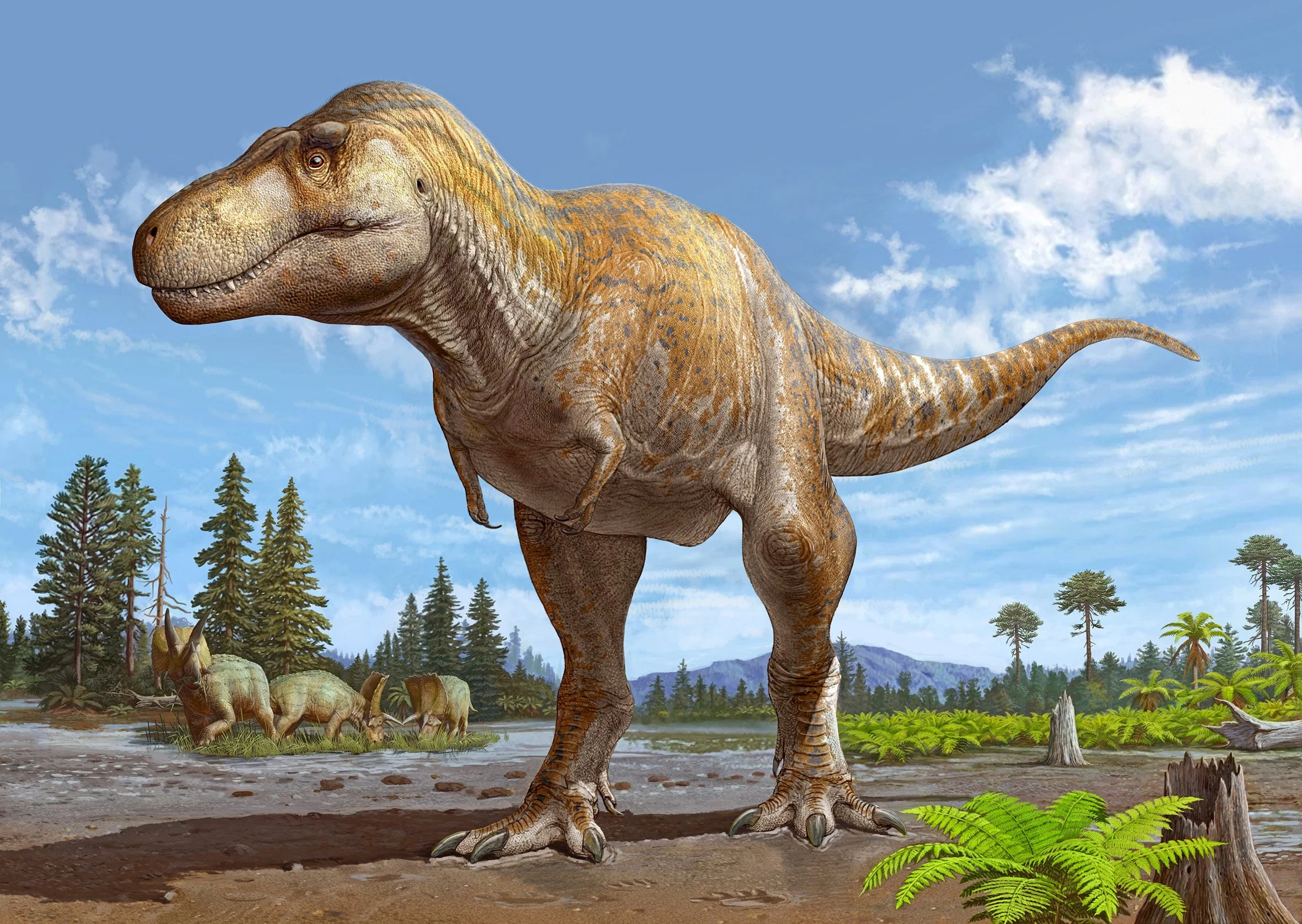Older Tyrannosaurus Species Discovered
Photo Credit: Sergei Krasinski/Reuters
In a new study published on Jan. 11 in Scientific Reports, researchers claim to have discovered a Tyrannosaurus species that preceded the Tyrannosaurus rex. The Tyrannosaurus mcraensis, standing at 12 feet high and 40 feet long, lived up to 7 million years before its cousin, the famed T. rex.
Authors of the published study include researchers from various universities.
The study was based on a partial skull collected from western New Mexico, which is currently on display at the New Mexico Museum of Natural History & Science (NMMNHS). According to CNN, the bones of the T. mcraensis were discovered decades before it got its scientific name; about a quarter of the skull was found during the 1980s and early 1990s in Elephant Butte, New Mexico.
The Tyrannosaurus was found to be in North America millions of years before paleontologists had originally thought. New Tyrannosaurus fossils found on land administered by the US Bureau of Reclamation suggest that the Tyrannosaurus evolved in the southern United States at least 72 million years ago before expanding north and west.
The Tyrannosaurus species in the southern US were larger than those further north in Montana and Canada. This pattern seems to be the opposite of that seen in mammals, though the reason for this is unknown.
Originally categorized by the NMMNHS as a T. rex, it wasn’t discovered to be a new species until a team of scientists and researchers from the US, UK, and Canada, assembled to study the bones. They examined every bone in the skeleton to find subtle differences between the specimen and other T. rex skeletons.
“Evolution slowly causes mutations to build up over millions of years, causing species to look subtly different over time,” Dr. Nick Longrich, a paleontologist and evolutionary biologist, lecturer from the University of Bath said.
Scientists analyzing the bones found subtle differences between the jaw bones of the T. mcraensis and T. rex.
“The lower jaw in a Tyrannosaurus rex is actually quite robust. Our jaw is obviously big and toothy, but it’s more slender than what we normally see in a Tyrannosaurus rex,” said Dr. Anthony R. Fiorillo, executive director of the NMMNHS and co-author of the study published in Scientific Reports. “A more slender jaw, even with the big teeth, means that it would have less bite force.”
The study claims that the differences in the jaw bones make it unlikely the T. mcraensis was a direct ancestor of the T. rex.
Scientists that studied the fossils also found that the T. mcraensis did not have a distinguished ridge above its eyes like the T. rex did. According to Dr. Fiorillo, scientists believe that the ridge of the T. rex was used to help attract mates, similar to the antlers of a deer.
He also said that the release of popular films like King Kong and Jurassic Park inspired a great deal of scientists and amateur fossil hunters to continue searching for T. rex bones. As a result, the amount of Tyrannosaurus rex samples available to paleontologists increased significantly. Dr. Fiorillo said that this sparked researchers to look at their own specimens and say “Hey, these don’t actually look the same as the famous Tyrannosaurus rex specimens from places like Montana.”

